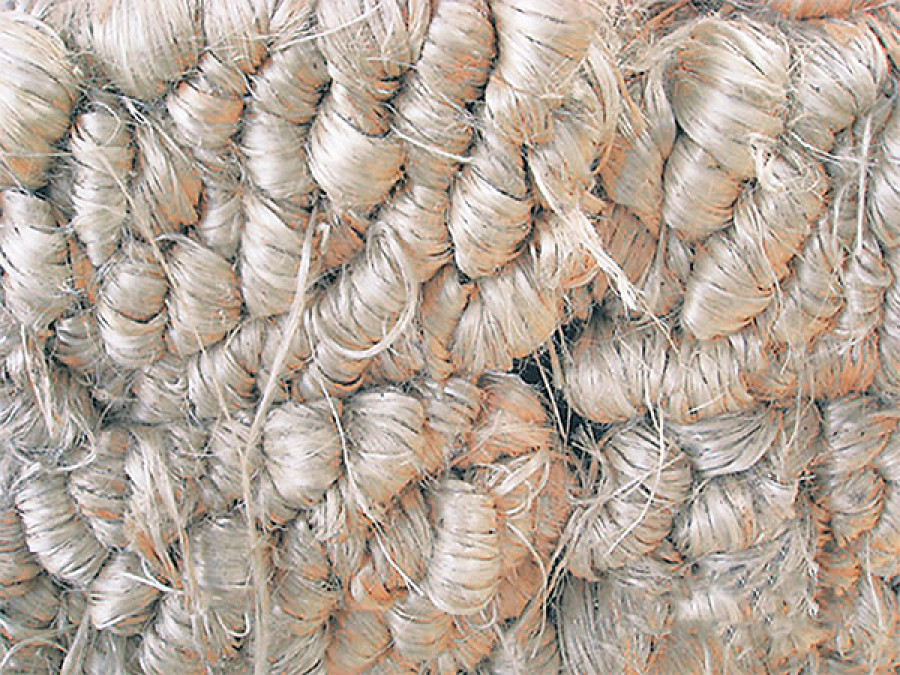Money
Good old jute industry fighting for survival
Nepal’s jute industry which is concentrated in the Eastern Region is fighting for survival due to the government’s indifference to promote it.
Bed Raj Poudel
Presently, the just industry has been dropped from the government’s priority list even though demand for more ecological packaging globally has strengthened its export potential.
According to Raj Kumar Golchha, the president of Jute Industry Association, Nepal presently imports 80 percent of its jute requirement from India and Bangladesh. In the previous fiscal year, Nepal imported jute worth Rs 2.30 billion. “After the government ended all kinds of subsidies to the sector, farmers lost interest in growing jute.”
The end of subsidies meant that Nepali jute products could not compete with cheaper Indian products, and domestic factories started folding up one by one. There were 11 jute mills in Itahari, but after the government removed the electricity subsidy, four of them have closed.
Three decades ago, jute was grown on 56,000 hectares, and now jute cultivation has shrunk to 11,000 hectares due to government indifference. The government has also removed the subsidies on fertilizers, seeds and pond construction.
“The jute sector can be revived if the government reintroduces subsidies,” said Bahuri Prasad Chaudhary, chief of the Jute Development Centre. “But the government has been indifferent towards the industry.”
He added that Nepal could attain self-sufficiency in jute products if the government accorded priority to the sector. There are 85 varieties of jute, but nominal investment in the sector has forced the centre to research and produce six species only.
In addition, market access has been another major problem for jute farmers. Nepali farmers hardly receive Rs 53 per kg of jute while the price in India is Rs 125 per kg. The country used to produce 150,000 tonnes of jute annually. Presently, output has plunged to 17,000 tonnes.
The centre has been producing 1.5 tonnes of jute seeds annually. It said that the current level of seed production was very nominal. Annual demand for seeds comes to around 40 tonnes. Due to the short supply of seeds, farmers are forced to import jute seeds from India.
Meanwhile, global demand for more ecological packaging materials has swelled the export potential of jute. In 2005, the United Nations had taken the initiative to form a jute cartel consisting of five major jute growing countries—India, Bangladesh, China, Pakistan and Nepal—in a bid to compete with the plastic industry.
According to a study, demand for jute is projected to swell in the international market vis-à-vis plastic due to increased environmental consciousness although plastic packaging materials cost at least 50 percent less than jute.
Four mills go belly up
ITAHARI: Four jute mills have been shut down in the last three months after being unable to compete with Indian products putting more than 2,500 people out of work. Niki, Pathivara, CM and Biratnagar Jute Mill have pulled down their shutters permanently. Currently, seven mills are operating, but they have slashed their production by 60 percent. From this fiscal year, the government has cut the subsidy on electricity charges. (PR)




 19.12°C Kathmandu
19.12°C Kathmandu















